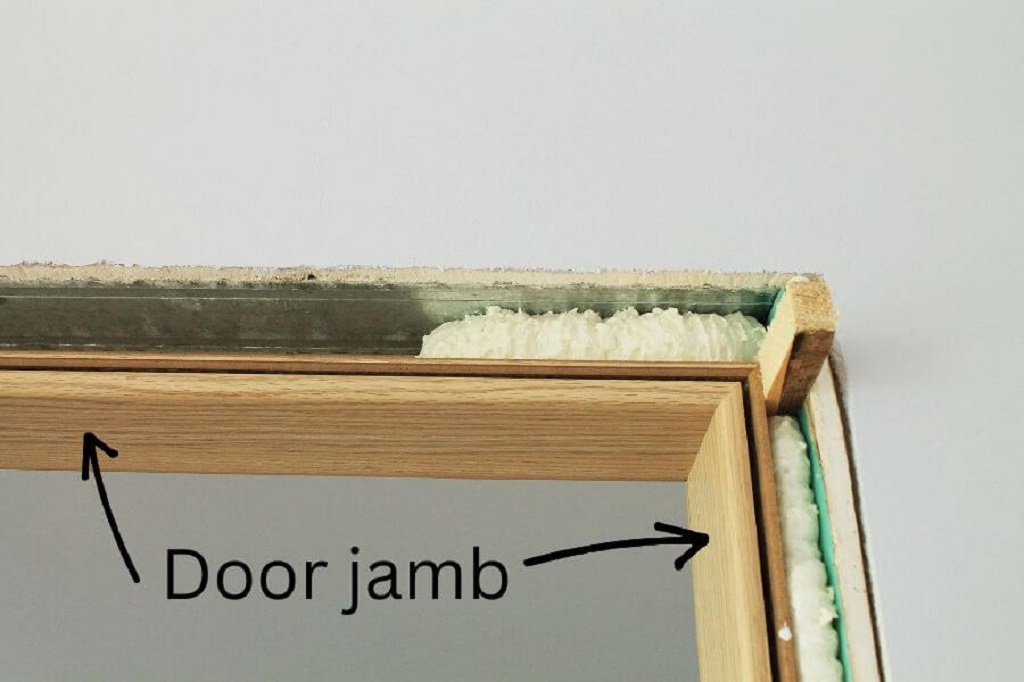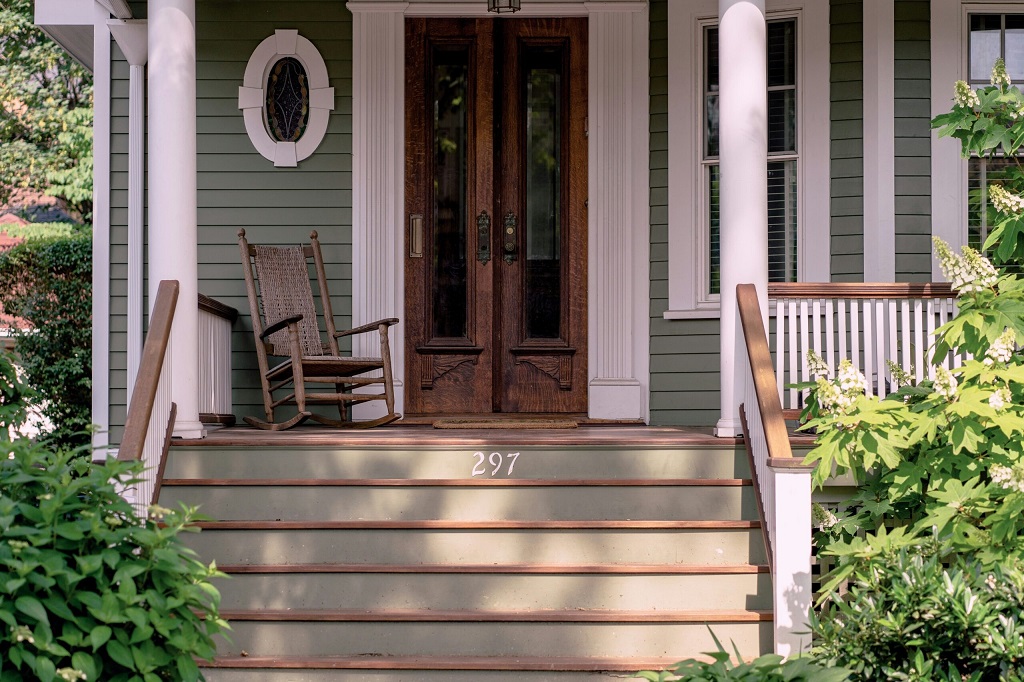When designing or renovating a home, it’s easy to overlook small components that play an essential role in your home’s functionality and aesthetic. One such feature is the door jamb. You may not immediately recognize its importance, but it is a key part of your door system that holds everything together. This article will explore what a door jamb is, its different types, and why it’s crucial for your doors to function properly. Additionally, we’ll uncover the different styles and materials used for door jambs, and how understanding this element can improve your home improvement knowledge. If you’re interested in home design inspiration, explore Openhousegallery for creative ideas.
What is a Door Jamb?
A door jamb is the vertical portion of the door frame that surrounds the edges of the door. It provides the structure for the door and supports its hinges, allowing the door to open and close smoothly. The jamb is typically made from wood or metal, and it has an essential function in ensuring the door is stable, secure, and aligned.
To better understand the role of a door jamb, consider it as the “frame” for your door, much like how a picture frame holds a picture in place. Without a door jamb, your door wouldn’t have anything to attach to, and it wouldn’t be able to function properly. The door jamb is the unsung hero that allows your door to be fixed securely in place.
Read More Also: Why Neutral Colors Are the Timeless Choice for Home Interiors
Key Components of a Door Jamb
The door jamb has several essential parts that work together:
- Side Jambs: These are the vertical parts of the door frame that form the sides of the door. They provide the surface for the hinges and latches.
- Head Jamb: This is the horizontal part that rests at the top of the door frame. It holds the top of the door in place.
- Sill or Threshold: The bottom horizontal component of the frame, which may also include a weather seal to prevent drafts from entering.
- Casing: Decorative trim around the door jamb that provides a finished look. It’s typically used in homes with a more traditional style.
The Importance of a Door Jamb in Home Design
You might be wondering why the door jamb deserves attention when designing or renovating a home. The door jamb is crucial for several reasons:
- Security: A door jamb adds security by supporting the lock mechanism and reinforcing the door frame against potential break-ins. A weak or damaged door jamb can make your home more vulnerable to security threats.
- Aesthetic Appeal: Door jambs contribute to the overall aesthetic of the door frame. With the right material and finish, a well-designed door jamb can enhance the style of the room.
- Energy Efficiency: A well-fitted door jamb helps prevent air leaks around the door, which can lead to drafts and higher energy bills. Ensuring your door jamb is properly installed can improve the insulation of your home.
Types of Door Jambs
There are several types of door jambs, each suited for different door types and materials. Here are the main types:
- Standard Door Jambs: These are the most common type and are used for interior doors. They are made from wood or MDF (Medium-Density Fiberboard) and are relatively simple in design.
- Pre-hung Door Jambs: This type comes with the door already mounted in the frame, making installation easier. These are typically used for exterior doors and are available in a wide range of sizes and materials.
- Metal Door Jambs: Often used for exterior doors in commercial or industrial settings, metal jambs are more durable and secure than wooden ones.
- Custom Door Jambs: For unique or high-end homes, custom door jambs can be made from different materials like exotic wood, steel, or aluminum. These are designed to fit the specific needs of the door and space.
How Tall is the Average Door?
You may be asking, how tall is the average door. It’s an important question, especially when choosing or installing a door frame. The standard height for most doors is 80 inches (6 feet 8 inches). However, door heights can vary based on the style and the architectural needs of the space. For example, older homes or custom designs may have taller doors that reach up to 84 inches or more.
Door Jamb Materials and Durability
The material of the door jamb can significantly impact its durability, maintenance, and aesthetic appeal. Let’s take a look at some common materials used:
- Wood: Traditional wood jambs are durable, easy to work with, and versatile. They can be stained or painted to match the interior décor. However, wood is susceptible to moisture damage, so it’s not always ideal for exterior doors in humid environments.
- MDF: Medium-Density Fiberboard is an affordable option for interior doors. It’s less prone to warping than solid wood and provides a smooth, uniform finish. However, MDF is not as durable as wood and can be damaged more easily.
- Metal: Steel and aluminum door jambs are typically used for commercial or industrial applications due to their strength and resistance to weather conditions. Metal jambs are more durable than wood and MDF but may require more effort to install and customize.
- Composite Materials: Composite jambs, made from a mix of wood fibers and plastic, provide the durability of metal with the aesthetic flexibility of wood. They are resistant to moisture and ideal for high-traffic areas.
Common Problems with Door Jambs
Over time, your door jamb can suffer from wear and tear, resulting in issues such as:
- Warping: If the door jamb is exposed to excessive moisture or heat, it can warp or bend out of shape.
- Cracks: Aging or poorly maintained wood can develop cracks, weakening the structure.
- Misalignment: A poorly installed or damaged jamb can cause the door to become misaligned, making it hard to open or close.
Conclusion
In summary, a door jamb is a critical part of the door frame that holds everything together. It provides stability, security, and aesthetic appeal to the door while ensuring its proper functionality. When selecting the right door jamb for your home, consider the material, style, and potential issues that may arise over time. Whether you’re looking to renovate your door system or simply understand the mechanics behind it, knowing what a door jamb is and how it works will help you make informed decisions for your home.






